क्या मोदी और ट्रम्प एक दूसरे के प्रति धैर्य खो चुके हैं?
क्या प्रधानमंत्री मोदी का चीन के साथ 'मेलजोल' बढ़ाना 'हिंदू-चीनी भाई-भाई' को पुनर्जीवित करने का प्रयास है या ट्रम्प को यह बताना है कि 'हमें परवाह नहीं है?'
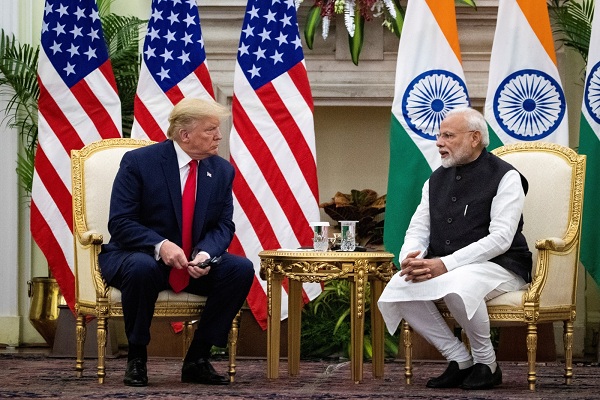 अमेरिका के राष्ट्रपति डोनल्ड ट्रम्प और भारत के प्रधानमंत्री नरेंद्र मोदी। / Reuters/File
अमेरिका के राष्ट्रपति डोनल्ड ट्रम्प और भारत के प्रधानमंत्री नरेंद्र मोदी। / Reuters/File
ट्रम्प और मोदी की कहानी दो ढीठ, लोकलुभावन नेताओं की है जिनके अहंकार हैं सत्तावादी प्रवृत्तियां। और स्थानीयताओं का जाल दोनों को सत्ता में बनाए रखने में मदद करता है। और यह एक ऐसे अमेरिकी राष्ट्रपति की कहानी भी है जिसकी नजर नोबेल पुरस्कार पर है, लेकिन वह भारतीय राजनीति के अचल तीसरे मोर्चे यानी पाकिस्तान के साथ संघर्ष से टकरा रहा है। द संडे न्यू यॉर्क टाइम्स के पहले पृष्ठ की एक खबर में यह लिखा है।
अमेरिका में बसे भारतीय प्रवासी डोनल्ड ट्रम्प की नीतियों और कार्यक्रमों पर विभाजित दिखाई देते हैं। कई लोग ट्रम्प द्वारा देश में व्यवस्था 'बहाल' करने के लिए उठाए गए कदमों का समर्थन करते हैं, जो एक 'आंखें बंद' प्रशासन के कारण 'अव्यवस्थित' हो गया था, जिससे समस्याएं और बढ़ गईं, जिनमें अवैध आप्रवासियों या विदेशियों और नशीली दवाओं का अनियंत्रित प्रवाह शामिल है, जो दुनिया की निर्विवाद महाशक्ति के लिए कहर बरपा रहे हैं। डोनल्ड ट्रम्प के दूसरे कार्यकाल के कार्यों का विरोध करने वाले अन्य लोग उत्तेजित महसूस करते हैं। उनका मानना है कि मानवीय मूल्यों को ताक पर रख दिया गया है और जो लोग उनके निर्देशों का पालन नहीं करते, उन्हें दंडित किया जा रहा है।
'ट्रम्प और मोदी के बीच जबरदस्त विभाजन' शीर्षक वाली इस पहली पन्ने की खबर में न केवल अमेरिकी राष्ट्रपति डोनल्ड ट्रम्प की नोबेल शांति पुरस्कार पर नजर और भारत को नाराज करने वाले टैरिफ में भारी कटौती की बात की गई है, बल्कि उनके द्वारा बार-बार, सार्वजनिक रूप से, उत्साहपूर्वक यह कहने की भी बात की गई है कि उन्होंने भारत और पाकिस्तान के बीच सैन्य संघर्ष को 'हल' कर दिया है। जो 75 साल से भी ज्यादा पुराना विवाद है और ट्रम्प जितना बता रहे हैं, उससे कहीं ज्यादा गहरा और जटिल है।
मुजीब मशाल, टायलर पेजर और अनुप्रिता दास द्वारा पहले पन्ने पर लिखा गया लेख, जो अंदर के पन्ने पर जारी है, कहता है- भारतीय नेता भड़क गए। उन्होंने ट्रम्प से कहा कि हालिया युद्धविराम में अमेरिका की संलिप्तता का कोई लेना-देना नहीं है। यह भारत और पाकिस्तान के बीच सीधे तौर पर तय हुआ था।
ट्रम्प ने मोदी की टिप्पणियों को बड़े पैमाने पर नजरअंदाज कर दिया और मोदी द्वारा नोबेल पुरस्कार पर बातचीत से इनकार ने दोनों नेताओं के बीच संबंधों में खटास लाने में एक बड़ी भूमिका निभाई है, जिनके कभी घनिष्ठ संबंध ट्रम्प के पहले कार्यकाल से ही रहे हैं।
यह विवाद भारत और संयुक्त राज्य अमेरिका के लिए अत्यंत महत्वपूर्ण व्यापार वार्ताओं की पृष्ठभूमि में सामने आया है और इसके परिणाम भारत को बीजिंग और मॉस्को में अमेरिकी विरोधियों के और करीब ला सकते हैं क्योंकि उन्होंने मोदी की चीन यात्रा का हवाला दिया है, जहां उनकी राष्ट्रपति शी जिनपिंग और रूस के राष्ट्रपति व्लादिमीर वी. पुतिन से मुलाकात होने वाली थी।
लेख में कहा गया है कि जून में हुई फोन कॉल के कुछ ही हफ्तों बाद और व्यापार वार्ता के लंबे खिंचने के बीच ट्रम्प ने भारत को यह घोषणा करके चौंका दिया कि देश से आयात पर 25 प्रतिशत का टैरिफ लगेगा। और बुधवार को, उन्होंने रूसी तेल खरीदने पर भारत पर 25 प्रतिशत का अतिरिक्त टैरिफ लगा दिया, जो कुल मिलाकर 50 प्रतिशत हो गया। 17 जून की फोन कॉल के बाद से दोनों ने एक-दूसरे से बात नहीं की है।
मोदी, जिन्होंने कभी श्री ट्रम्प को 'सच्चा दोस्त' कहा था, आधिकारिक तौर पर बाहर हो गए। मोदी को यह बताने के बाद कि वह इस साल के अंत में क्वाड शिखर सम्मेलन के लिए भारत आएंगे, ट्रंप की अब पतझड़ में भारत आने की कोई योजना नहीं है।
लेख में लिखा है कि भारत में, ट्रम्प को अब कुछ हलकों में राष्ट्रीय अपमान के स्रोत के रूप में देखा जा रहा है। कुछ सप्ताह पहले, महाराष्ट्र में एक उत्सव के दौरान ट्रम्प के एक विशाल पुतले को घुमाया गया था, जिस पर उन्हें पीठ में छुरा घोंपने वाला घोषित किया गया था। ये प्रहार इतने तीव्र रहे हैं कि एक भारतीय अधिकारी ने इसे 'गुंडागर्दी', यानी सीधे-सीधे बदमाशी या गुंडागर्दी बताया।
हालांकि इस खबर में डोनल्ड ट्रम्प के आधिकारिक शपथ ग्रहण समारोह में नरेंद्र मोदी की अनदेखी की बात नहीं की गई थी, लेकिन रिश्तों में खटास के संकेत बहुत पहले ही मिलने लगे थे। अपने शुरुआती कुछ टैरिफ हमलों में, डोनल्ड ट्रंप ने संकेत दिया था कि अगर ब्रिक्स देश यूरो की तर्ज पर अपनी मुद्रा शुरू करने पर विचार करते हैं, तो वे उन पर 100 प्रतिशत कर लगा देंगे।
तनाव का एक और कारण ट्रम्प के समर्थकों में व्याप्त प्रवासी-विरोधी भावनाएं हैं। भारतीय अधिकारियों को शुरू में लगा था कि वे अमेरिकी दक्षिणपंथी आंदोलन के साथ एक साझा आधार बना सकते हैं, लेकिन H1-B वीजा को लेकर ट्रंप के समर्थकों के बीच मतभेद ने उन्हें चौंका दिया, क्योंकि ज्यादातर ध्यान भारतीयों पर था, जो ऐसे वीजा के सबसे बड़े धारक हैं।
क्या मोदी ने जी-7 शिखर सम्मेलन के बाद कनाडा के अल्बर्टा से लौटते समय ट्रम्प के वाशिंगटन आने के निमंत्रण को अस्वीकार कर दिया था?
रिपोर्ट में कहा गया है कि जून में जब ट्रम्प और मोदी की फोन पर बातचीत हुई थी (शायद आखिरी बार), तब तक संबंधों को सुधारने और चल रही व्यापार वार्ता पर फिर से ध्यान केंद्रित करने का एक अवसर मिल गया होगा। लेकिन ऐसा नहीं हुआ।
इसमें कहा गया है कि जून में हुई यह बातचीत, जो 35 मिनट तक चली, उस समय हुई जब श्री ट्रम्प कनाडा में जी-7 औद्योगिक देशों की बैठक से जल्दी निकलकर एयर फोर्स वन से वाशिंगटन लौट रहे थे। इस बैठक में श्री मोदी भी शामिल हुए थे। संयोग से, कनाडा, जो बेहद "आतंकित" है, अमेरिका का एक और सदाबहार सहयोगी है जो अब अपने बड़े भाई और पड़ोसी के साथ आगे कैसे बढ़े, इस बारे में सोच रहा है।
मोदी ने स्वदेश लौटने से पहले वाशिंगटन रुकने के ट्रम्प के निमंत्रण को अस्वीकार कर दिया। उनके अधिकारी इस बात से स्तब्ध थे कि ट्रम्प उनके नेता को पाकिस्तानी सेना प्रमुख से हाथ मिलाने के लिए मजबूर कर सकते हैं, जिन्हें लगभग उसी समय व्हाइट हाउस में दोपहर के भोजन के लिए आमंत्रित किया गया था। न्यूयॉर्क की रिपोर्ट में एक भारतीय अधिकारी के हवाले से कहा गया है कि यह एक और स्पष्ट संकेत था कि ट्रम्प को उनके मुद्दे की जटिलता या उससे जुड़ी संवेदनशीलता और इतिहास की जरा भी परवाह नहीं थी।
क्या प्रधानमंत्री मोदी का चीन के साथ 'मेलजोल' बढ़ाना 'हिंदू-चीनी भाई-भाई' को पुनर्जीवित करने का प्रयास है या ट्रम्प को यह बताना है कि 'हमें परवाह नहीं है?' अब निष्कर्ष आप ही निकाल लें।
ADVERTISEMENT
ADVERTISEMENT
E Paper
Video



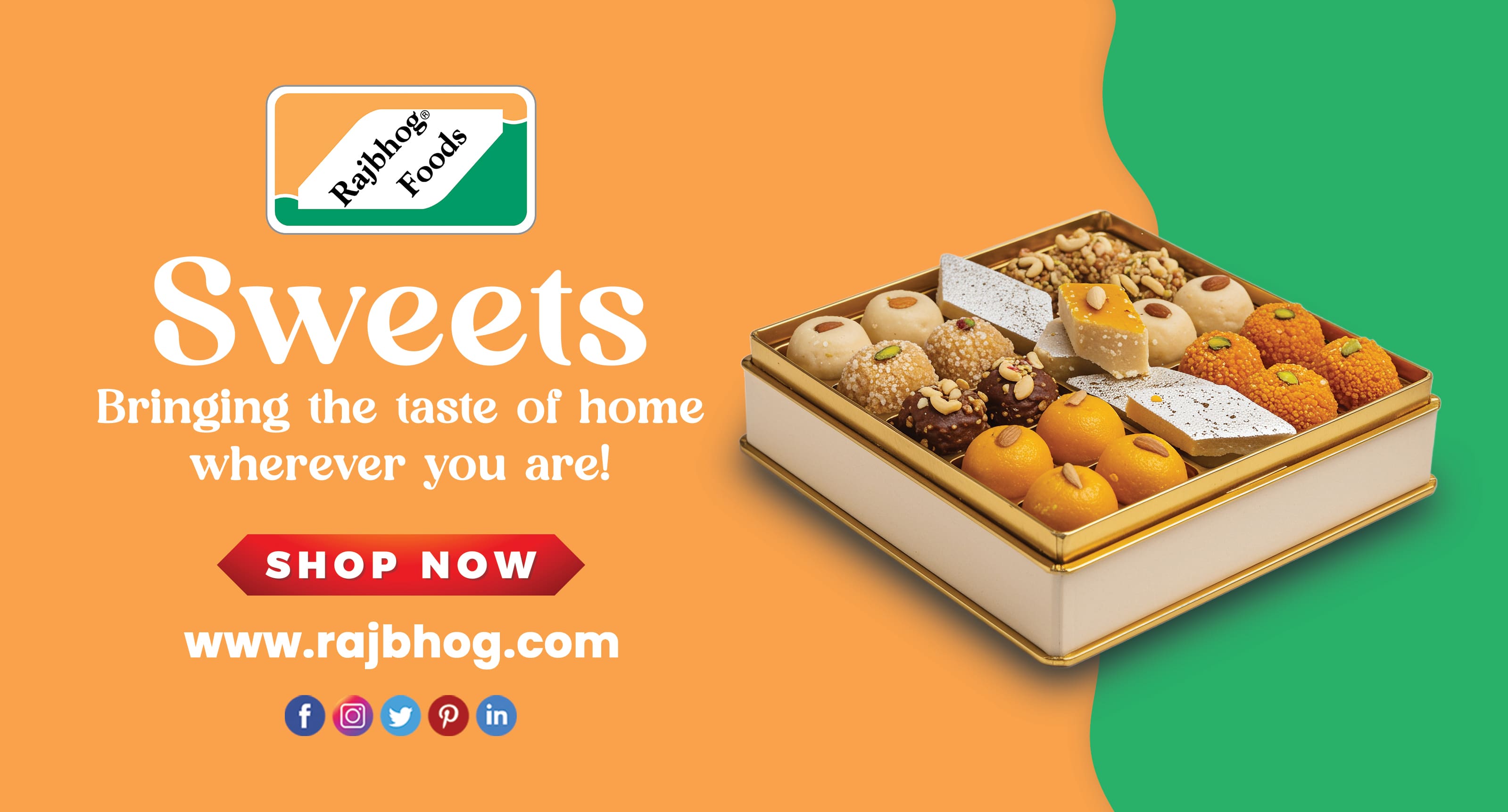
 प्रभजोत पॉल सिंह
प्रभजोत पॉल सिंह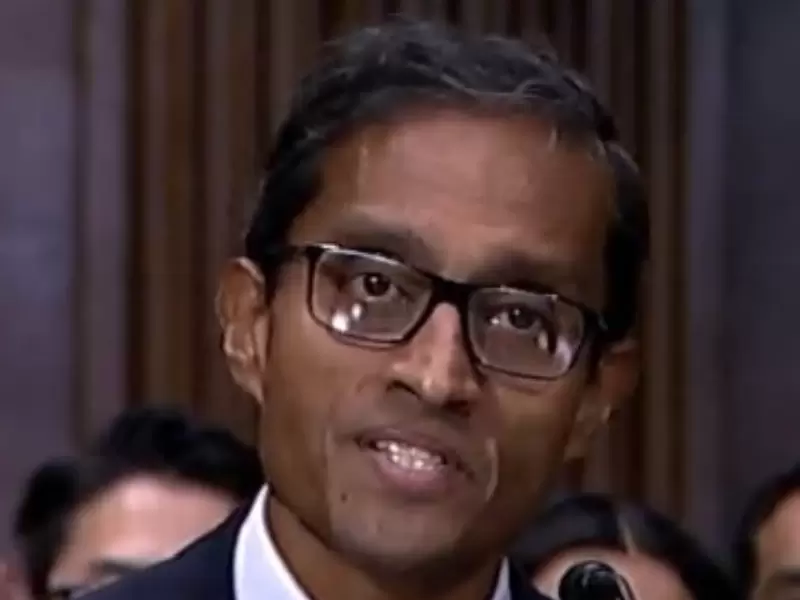
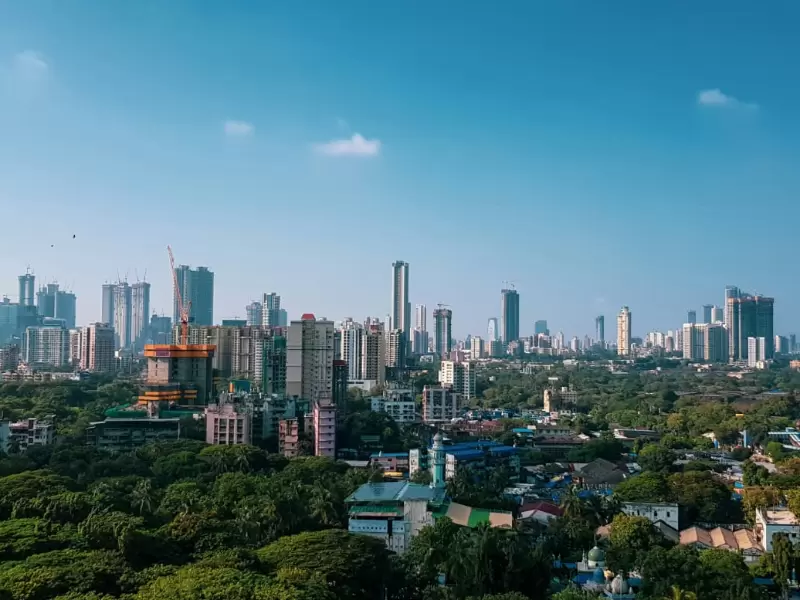

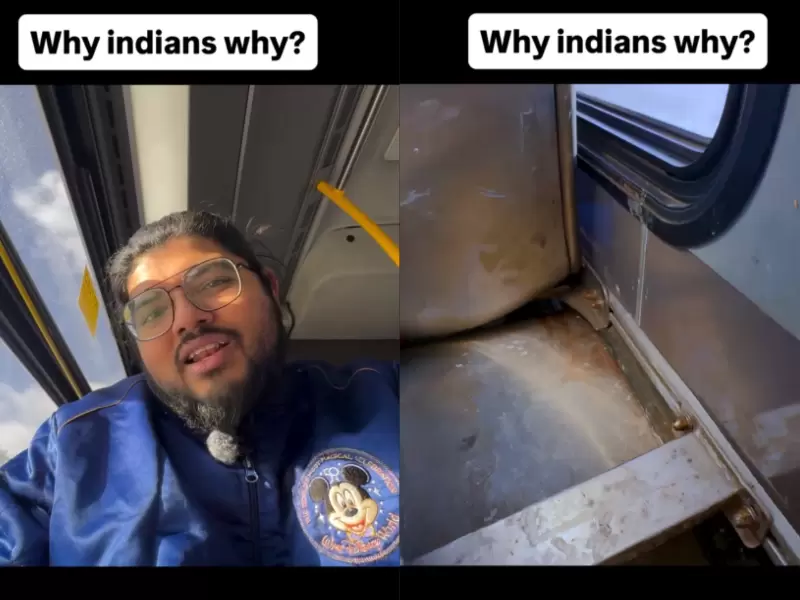
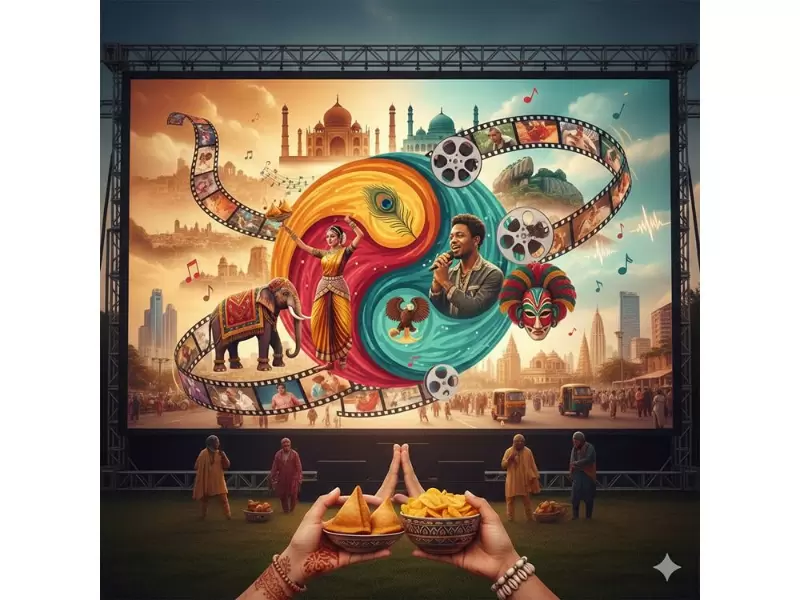

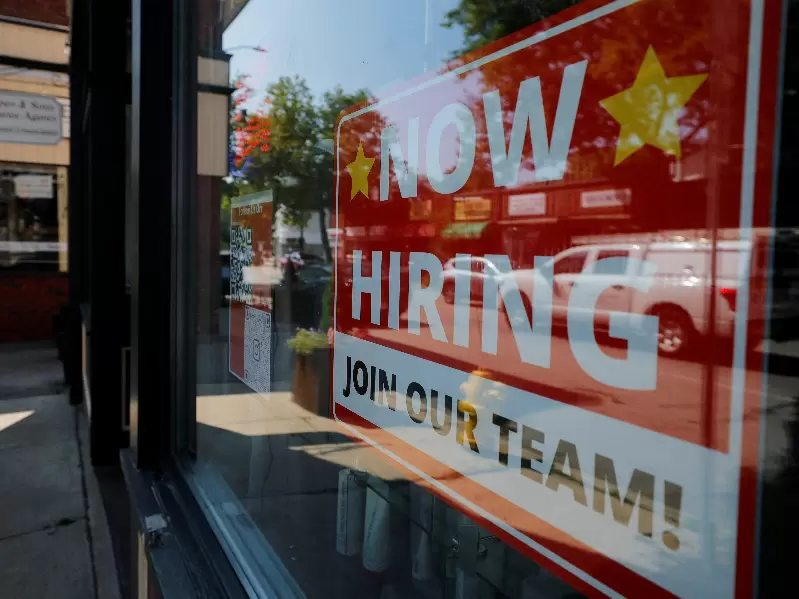



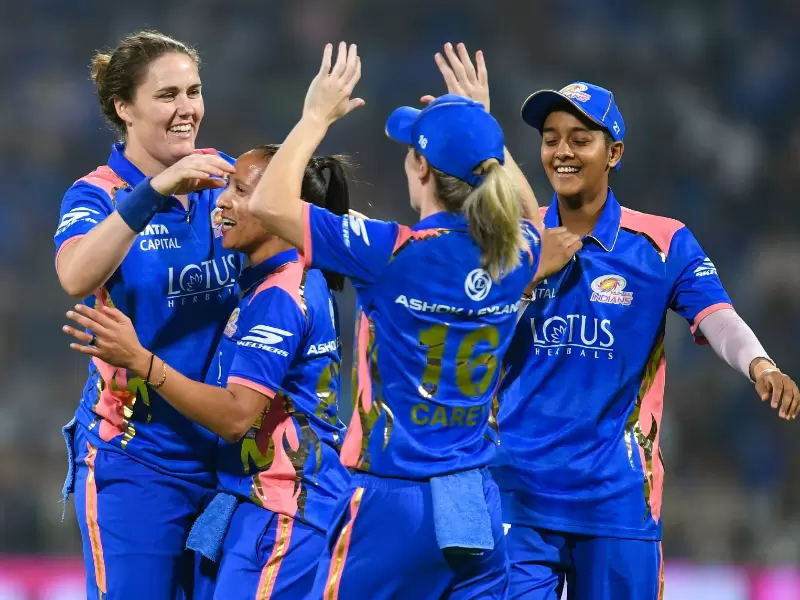
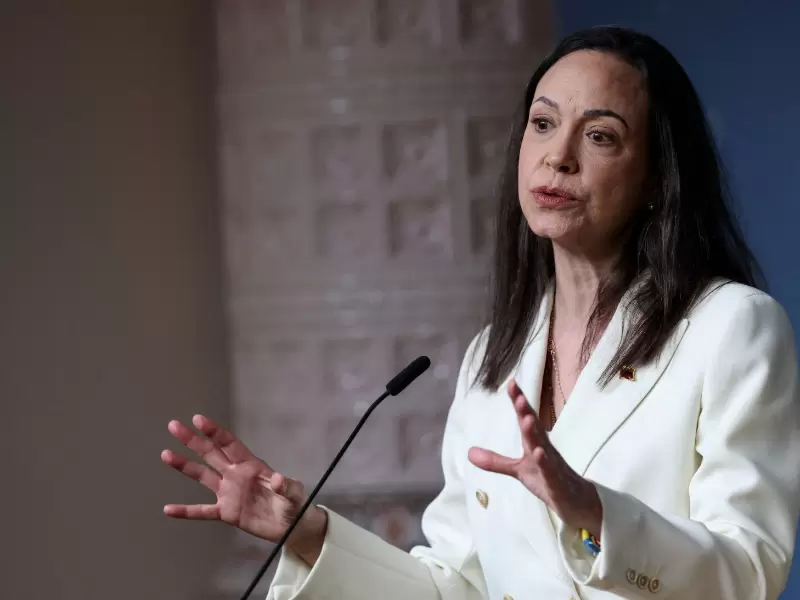

Comments
Start the conversation
Become a member of New India Abroad to start commenting.
Sign Up Now
Already have an account? Login